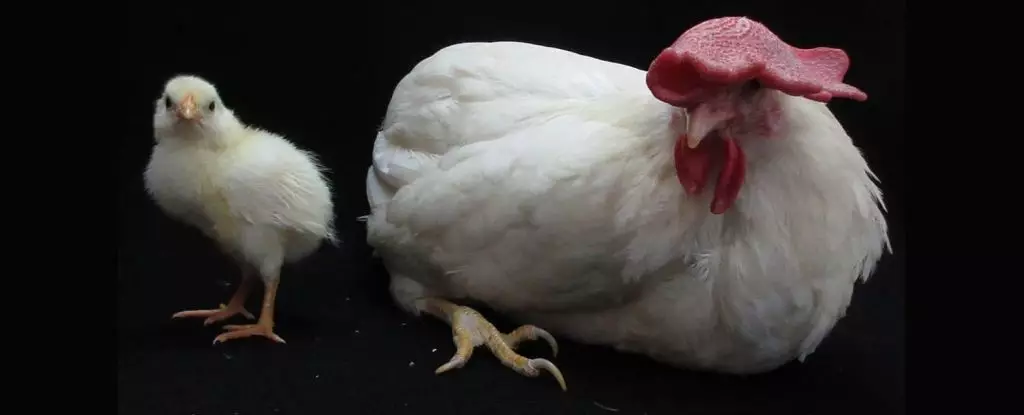The avian kingdom is as expansive as it is intriguing, with birds having evolved into a variety of forms, each uniquely adapted to its environment. Recent advancements in avian developmental biology, however, are revealing even deeper insights into the enigmatic processes related to bird reproduction. Specifically, the transition of chicks from zygotes to fully formed hatchlings, previously hidden within eggshells, is now being observed in unprecedented detail, thanks to a groundbreaking new method designed by a team of scientists.
For decades, researchers have been keenly interested in understanding the intricate processes of avian embryology. Chickens, in particular, have been a focal point due to their domestication and relative availability. Conventional methods limited the exploration of this developmental journey by relying on opaque eggs, which obstructed visual monitoring. However, the advent of a shell-less culture system (SLCS) has changed this narrative. A team led by Katsuya Obara and Chizuka Obara successfully cultivated developing chicken embryos without the typical barriers of an eggshell.
This innovative technique represents a significant step forward in avian research, allowing scientists to monitor the entire progression of embryonic growth in real time. The development from a zygote phase up to the point just before hatching can now be documented and analyzed, providing a clearer understanding of the relationship between various environmental and biological factors influencing development.
Overcoming Historical Challenges
While prior attempts at creating a shell-less culture system showed promise, they also highlighted several pitfalls. One of the major roadblocks involved the drying out of the yolk vitelline membrane, which plays a crucial role in nurturing the embryo. The drying could critically impede the development of the chick, ultimately limiting the success of the hatch.
The Obara team made significant strides by incorporating a rotary shaker in their setup, which maintained consistent motion to prevent the drying out of the yolk’s membrane. This innovative solution led them to test various rotational speeds to find the ideal conditions for the embryos. Remarkably, at a speed of ten rotations per minute, the conditions for optimal embryo development were established.
Through rigorous experimentation, the research team discovered that not only did incubation conditions significantly affect survival rates, but even small changes could lead to substantial differences in outcomes. The strategy of adding supplemental oxygen at critical points post-embryonic development proved not to disturb the growing chick, allowing it to thrive under optimal conditions.
Moreover, a combination of consistent shaking and manual intervention resulted in a much higher hatch success rate when compared to previous methodologies. This meticulous approach to embryo cultivation led to a hatch rate that peaked at 10.5%, marking a notable achievement in avian developmental biology.
In a final validation of their method, one chicken underwent a year of normal growth post-hatching, demonstrating that the developed system yielded not just viable chicks, but healthy, fully-functional adult chickens. This success showcases both the potential of the SLCS and the ingenuity of researchers investing time and resources into the mysteries surrounding avian life cycles.
The implications of this research extend beyond the development of chickens. Understanding the avian developmental process opens up new avenues for studying genetic mutations, environmental impacts on growth, and potential applications in conservation efforts for endangered bird species. Moreover, this system provides a platform for agricultural advancements, especially for poultry farming where understanding developmental biology can lead to improved breeding practices.
The authors of the study eloquently highlight, “The development of visible-cSLCSs has opened new possibilities by facilitating omnidirectional real-time monitoring of the phenotypic outcomes of experimental treatments.” This reflects the excitement surrounding not just the successes of today’s research but the endless possibilities for future investigations.
The shell-less culture system embodies a triumph of scientific endeavor, merging biology and technology to shed light on the complex processes of avian development. As researchers continue to refine this innovative technique, we can expect an expanding horizon of knowledge that may one day answer many of the lingering questions about the avian life cycle and broader implications for the animal kingdom at large.

Leave a Reply